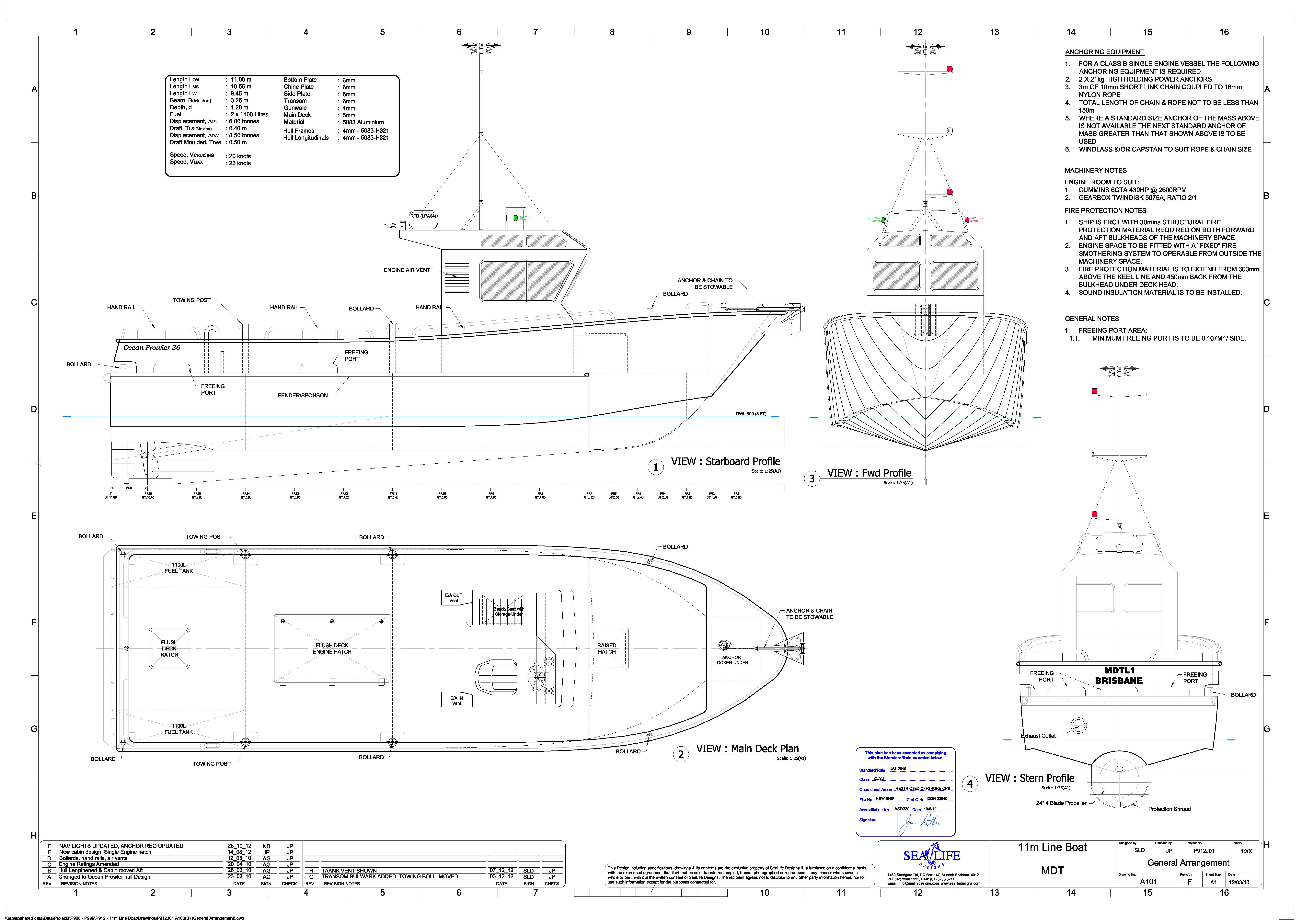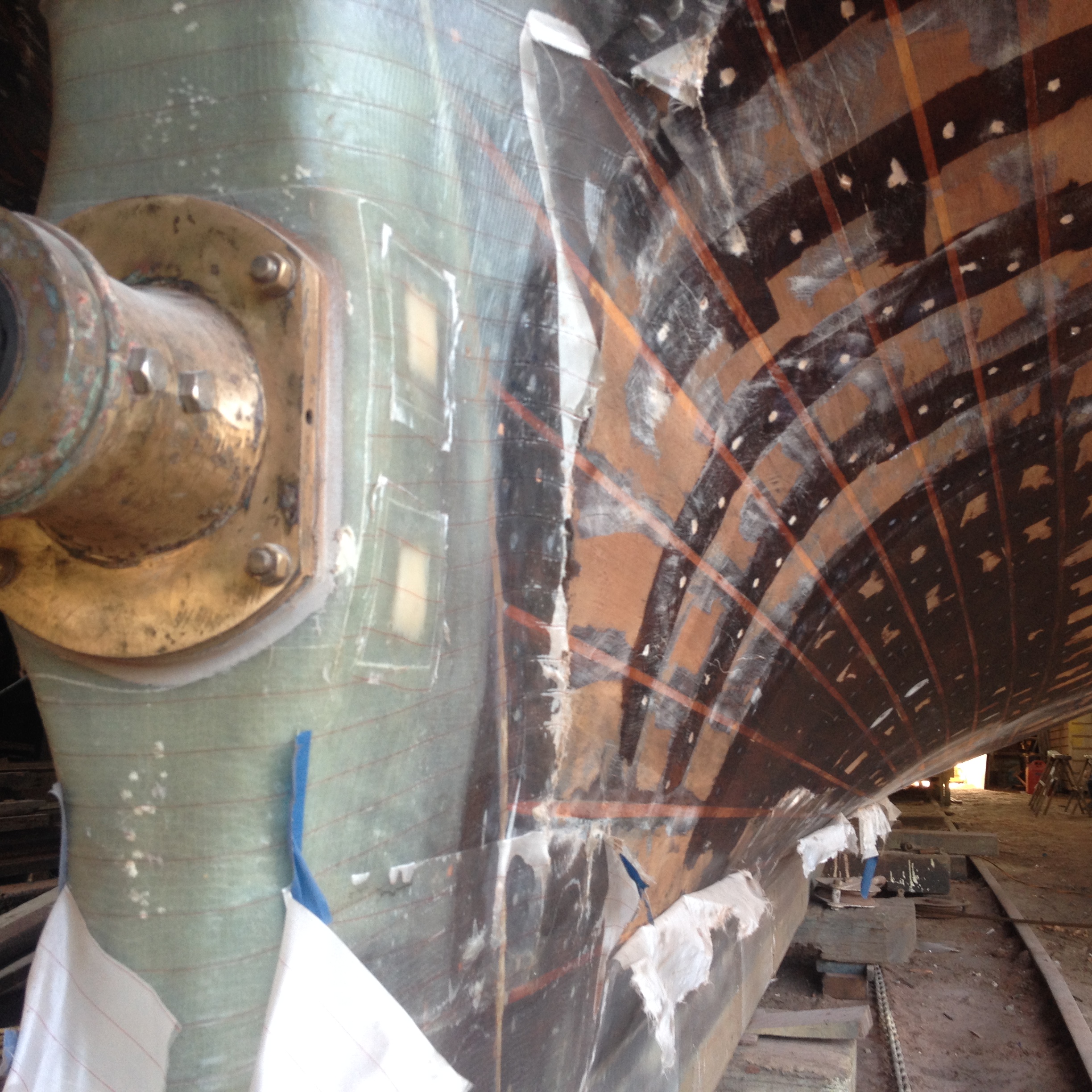


She may well return to The Boat Works for those keen to view and discuss more direct with Per. What a beauty, we commend your hardwork and determination to finalise the labour of love. LENGTH:8.89m (29’2”), Launched: 1983, Sapeli, African Mahogany Carvel Sloop Racing Yacht, DESIGN: by Johan Anker, BUILT: by Per Andersen The engine was restored and the hull and deck was varnished again with Owatrol Dekksolje, as it originally was treated with. The hull was splined and re-glued, keel plank and floor boards was dismantled and re-glued with epoxy. The boat was moved to my workshop in 2014 and she was fully restored over the next 2 years. We designed and build Kingfisher Cruisers, 50-60 foot flybridge motor cruisers for the next 20 years.Īfter moving to The Boat Works at Coomera, I started looking at the miserable looking Dragon in the back of our shed at home. I worked as an engineer in Oslo before we moved to Australia, but started a boat building company with my father-in-law on the Gold Coast. I competed in local regattas in Oslo and a few longer overnight races each year until 1994. Because the Dragon class was dead in Norway back in the 80s, the boat was never issued with a class certificate, so I installed a 7 hp 2-stroke petrol inboard engine (Vire 7) to ease handling in port and when cruising. T he boat was finally finished in 1983 and was used extensively during each short Norwegian summer and put on a hardstand during the long winters. I also managed to chase down a set of second hand sails for the boat. The keel and mast (from a boat made in the 40s) were dragged off the island with a barge. Thorvaldsen gave me some of the spare rigging parts he had for his Dragon “Pan 2” in Melbourne Olympics in 1956. It turned out to be Thor Thorvaldsen, 2 time Dragon Olympic gold medallist (19). I got 2 replies, one about a keel and a mast left over from a Midsummer Night bonfire at a slipway on one of the islands in Oslo fjord, and one from an old fellow that said he had a few things in his shed. I put an ad in the local paper and a national boating magazine, asking for second hand equipment, sails etc. The hull was planked and frames were made, but the money was tight. After a year in storage due to engineering studies and my parents moving house, I extended their garage and continued my build. The deck is made of birch ply and teak on Oregon beams. The hull is carvel built in African Mahogany on laminated ash frames and oak keel plank and floor boards. I made frequent visits to the Norwegian Maritime Museum where “Diva”, a Danish built Dragon is on display and I finally got hold of a set of drawings from International Yacht Racing Union in London. I started with a small drawing I found in a book at the local library, build a shed in my parents backyard and set out the lofting on the floor. True quality and traditional shipwright workmanship has been undertaken and is truly inspriring. The International Dragon was built from the simple of idea ‘I want one, but can’t afford it, so I will build it’ Per Andreson, Owner and director of Kingfisher Cruisers who is based here onsite undertaking all facets of Shipwrights repairs and works.įrom its origin in Oslo, Norway through to landing here in Australia, owner Per’s labour of love has transformed and next week it will be shown with pride. This timber beauty has travelled by road and then by barge this time to make its way to Tasmania for the A ustralian Wooden Boat Festival.


 0 kommentar(er)
0 kommentar(er)
